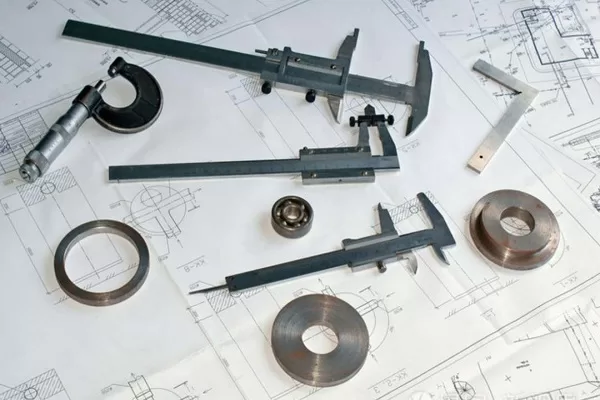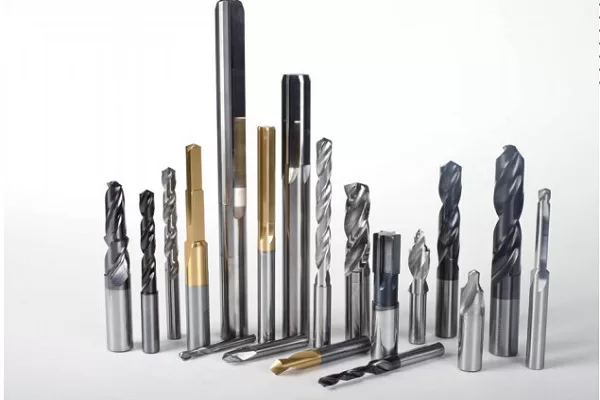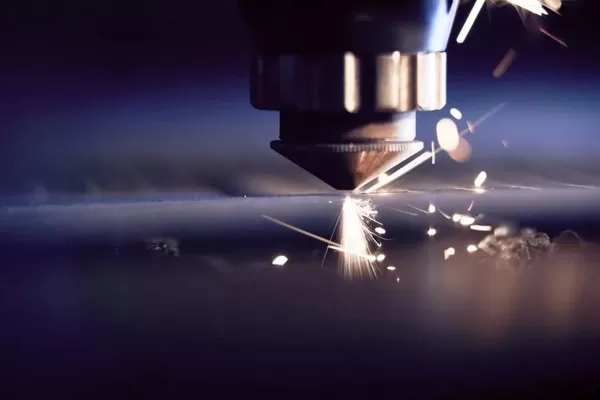
Maintenance Tips for Sheet Metal Forming Machines
- By:Metmac
- 2024-07-16
- 77
Maintenance Tips for Sheet Metal Forming Machines: Essential for Precision and Longevity
In the realm of metalworking, sheet metal forming machines play a pivotal role, transforming raw materials into intricate shapes with precision and efficiency. To ensure that these machines operate at their peak performance and deliver flawless results, regular maintenance is paramount. By adhering to a comprehensive maintenance schedule, manufacturers can extend the lifespan of their equipment, minimize downtime, and maintain the highest quality standards.
Essential Maintenance Checks
1. Lubrication and Cleaning: Proper lubrication reduces friction, prevents wear and tear, and ensures smooth operation. Regularly grease all moving parts, including gears, bearings, and slides. Clean the machine thoroughly to remove metal shavings, dust, and debris that can accumulate over time.
2. Tool Inspection and Replacement: The cutting and forming tools are the heart of the machine. Inspect them for signs of wear, damage, or misalignment. Replace worn or damaged tools promptly to avoid poor part quality and machine malfunctions.
3. Hydraulic System Maintenance: Hydraulic systems power many sheet metal forming machines. Check the hydraulic fluid level and quality regularly, and replace it if necessary. Inspect hoses and connections for leaks or cracks.
4. Electrical System Inspection: Loose or damaged electrical connections can lead to electrical fires or equipment failure. Inspect all electrical components, including wiring, switches, and relays. Tighten loose connections and replace any damaged wires or components.
5. Safety Checks: Ensure the machine is properly grounded to prevent electrical shock. Inspect guards and safety devices for proper operation and ensure they are in place. Train operators on proper safety procedures.
Predictive Maintenance Strategies
Beyond routine maintenance, predictive maintenance techniques can help identify potential problems before they become major issues. These techniques include:
Vibration Analysis: Monitoring machine vibrations can detect imbalances, bearing wear, and other mechanical problems.
Infrared Thermography: Using infrared cameras to measure temperature can identify hot spots indicating friction or overheating.
Oil Analysis: Analyzing the hydraulic fluid can detect contamination, wear particles, and other indicators of potential problems.
Conclusion
By following these maintenance tips and implementing predictive maintenance strategies, manufacturers can ensure the optimal performance and longevity of their sheet metal forming machines. Proper maintenance reduces downtime, improves part quality, extends equipment lifespan, and ultimately contributes to the success and profitability of metalworking operations. By investing in a comprehensive maintenance program, manufacturers can harness the full potential of these machines and achieve unmatched levels of precision and efficiency.
-
The Advantages of Using a Sheet Roll Forming Machine in Manufacturing
2024/09/14 -
How to Optimize Your Laser Sheet Cutting Machine for Maximum Performance
2024/09/12 -
How to Maximize Efficiency with Modern Sheet Metal Working Machines
2024/09/04 -
The Environmental Benefits of Using Duct Board Grooving Machines
2024/09/03
-
Integrating Automation with Rectangular Duct Machines for Enhanced Productivity
2024/05/11 -
Metal Shear Machines- Essential Tools for Precision Metal Cutting
2024/05/11 -
Understanding the Role and Function of Steel Strip Slitting Machines
2024/05/11 -
Maintenance Tips for Longevity of HVAC Duct Machines
2024/05/11
-
A Guide to the Latest Innovations in Sheet Metal Folding Machines
2024/11/29 -
Key Features to Consider When Investing in a Sheet Metal Folding Machine
2024/11/28 -
Enhancing Precision with Advanced Sheet Metal Folding Machines
2024/11/27 -
How to Choose the Right Sheet Metal Folding Machine for Your Workshop
2024/11/26



